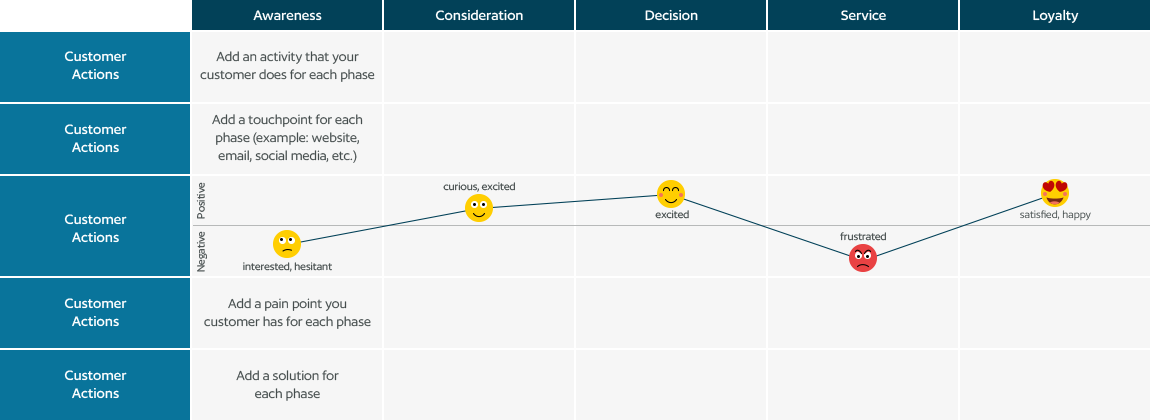
The Purpose & Value of UX Research Part 1
The Purpose of UX Research
In a growing digital world, technology has been integrated into our daily lives. From using our phone to check the weather, to listening to a podcast through our cars or AirPods during our commute, or ordering food or clothing online, we go through our daily routine without putting much thought into our interactions with technology. That is until something goes wrong. It could be something as simple as not being able to find the information you are looking for, or it could be catastrophic – your technology fails to work. This can cause a slight annoyance in your day, or the frustration can be enough to turn you off of a product or company. When our interactions with technology are anything less than seamless, it causes a bad user experience. More commonly than not, these bad experiences are associated with the product and/or company and make you less likely to use the product in the future. On the other hand, a good user experience often goes unnoticed as you achieve the goal you wanted to do without any friction and go about your day.
On the business side of things, we build and create digital products as a piece of the puzzle to achieve a larger business goal. While these purposes may differ greatly between organizations and products, the inherent objective remains the same: the purpose is to encourage a human, or user, to engage in a behavior. This behavior may be simply to find or learn information, or something more quantifiable, like buying a product or service or completing everyday tasks.
But how do we ensure that we build and design these digital products to achieve these larger business goals while maintaining a good user experience? How do we measure the effectiveness of the products in accomplishing these goals and how do we measure a “good user experience”? This is where it is beneficial to strip the problem down to the users and their behaviors, and where human-centered design and user experience (UX) research comes into play.
Human-centered design (HCD) is the methodology that puts the user as the focus of the design and research process. HCD’s goal is to understand the users’ needs, expectations, and behaviors to ensure that we are solving the right problem and in turn, designing the right solution that will work for them. This process emphasizes UX research throughout the design process to deeply understand the user and to validate that the designs are usable and centered around the users’ behavior and expectations.
What is User Experience (UX) Research?
User experience research consists of both quantitative and qualitative research methods to evaluate an interface or even a service or process. These methods aim to understand the users of an interface, their behaviors, and what type of contexts they are or will be in while interacting with the interface.
There are both primary and secondary (or “desk”) UX research methods. Primary UX research methods involve those where a researcher interacts with users or potential users of an interface. These include, but are not limited to, user interviews, task-based usability testing, contextual inquiry, and card sorting. Secondary research methods are those that can be done at a desk, hence the nickname. These can include literature reviews, competitor analysis, or heuristic evaluations.
Desk research can be a good basis to start off any digital product project or can be a cost-effective way to start to incorporate human-centered design thinking into existing processes. However, it is not a replacement for primary user research. While desk research can help implement best practices for usability and design, it does not generate the data needed to understand the users and how they interact with your site. Users don’t interact with digital products in a vacuum; context matters. Are they a parent interacting with a mobile app while simultaneously on-the-go with multiple children? Does the information on a website surround a sensitive topic, such as a medical diagnosis, therefore affecting the user’s emotional state and how they look for information? While we can make assumptions about how this may impact a user’s behavior with a product, it is not enough to replace the behavioral, attitudinal, and qualitative data that we can gather from the users.
How UX Research is Applied
UX research has many applications beyond just influencing the design. During the discovery phase of a project or initiative, the primary research done focuses on understanding the users: who they are, what contexts they are operating in, who else they interact with, and their wants, needs, and emotions. This phase of research is also about defining the “right” problem to solve. Going into the design phase, it is important to ensure our design problems are well-defined around our users so no time is wasted trying to solve problems that aren’t important to our users or are simply not a problem at all. From this phase of research, UX researchers can produce deliverables, such as customer or user journey maps, personas, or service blueprints. These deliverables provide value to the organization as a whole and can be used across all departments, such as marketing and sales. These deliverables can also help identify areas of opportunity in existing products or processes, which can steer a project in a different direction than originally planned or establish future projects.

With that being said, the most common application of UX research is the influence it has on the design of an interface. The research in the discovery and evaluative phases produce insights that can inform the design direction and decisions of the product. By conducting research with users, we can ensure that the designs reflect the user’s behavior and perception of the world, rather than designing for what looks the best or what is on current trend.
UX research also has an ethical application. A tenet of human-centered design is that everything is a system. As we think of humans as users, we have to acknowledge that they are members of a larger society and are therefore subjected to societal issues. UX research can also help ensure that your product is ethically designed and not unintentionally incorporating dark UX patterns that may mislead users. This assurance helps maintain a positive perception from users and uphold the company’s values.
To truly understand what UX research is also to understand the value that UX research brings to your product and your team. Showing value and the return on investment of UX research is the most crucial factor in getting stakeholder buy-in to start a UX research initiative or to keep it going. We discuss the value and ROI of UX research, as well as how to get started with UX research in part 2 of this article: The Purpose & Value of UX Research Part 2